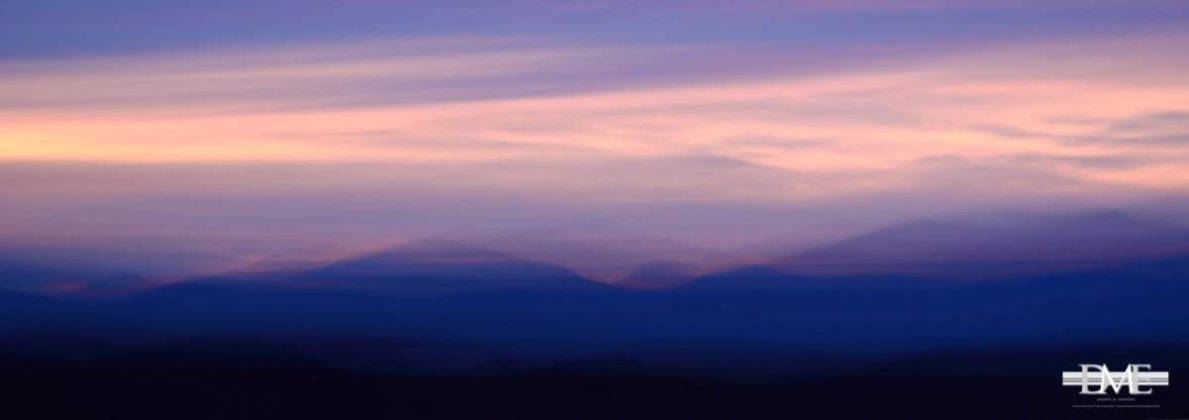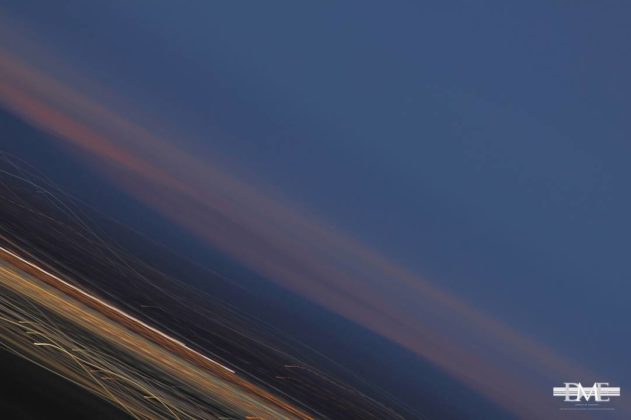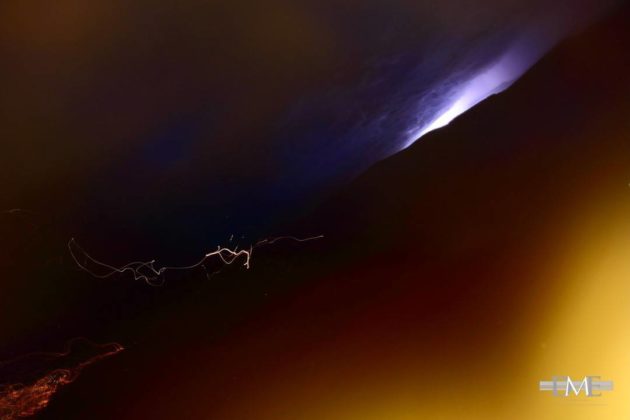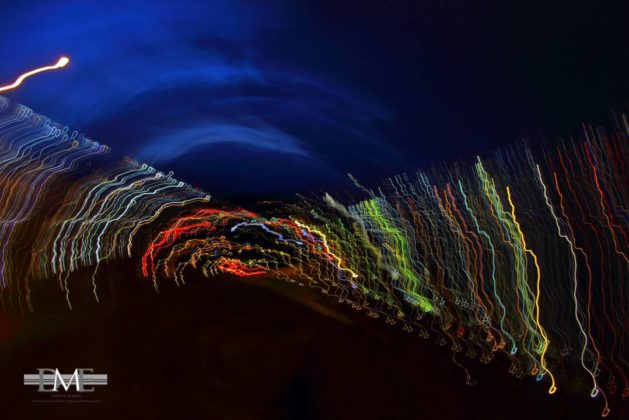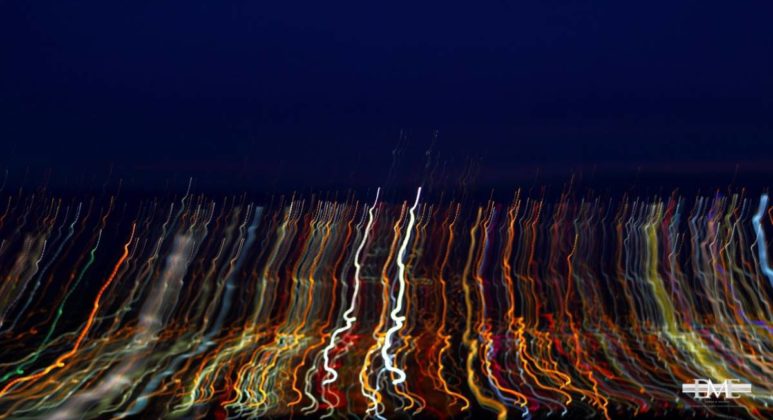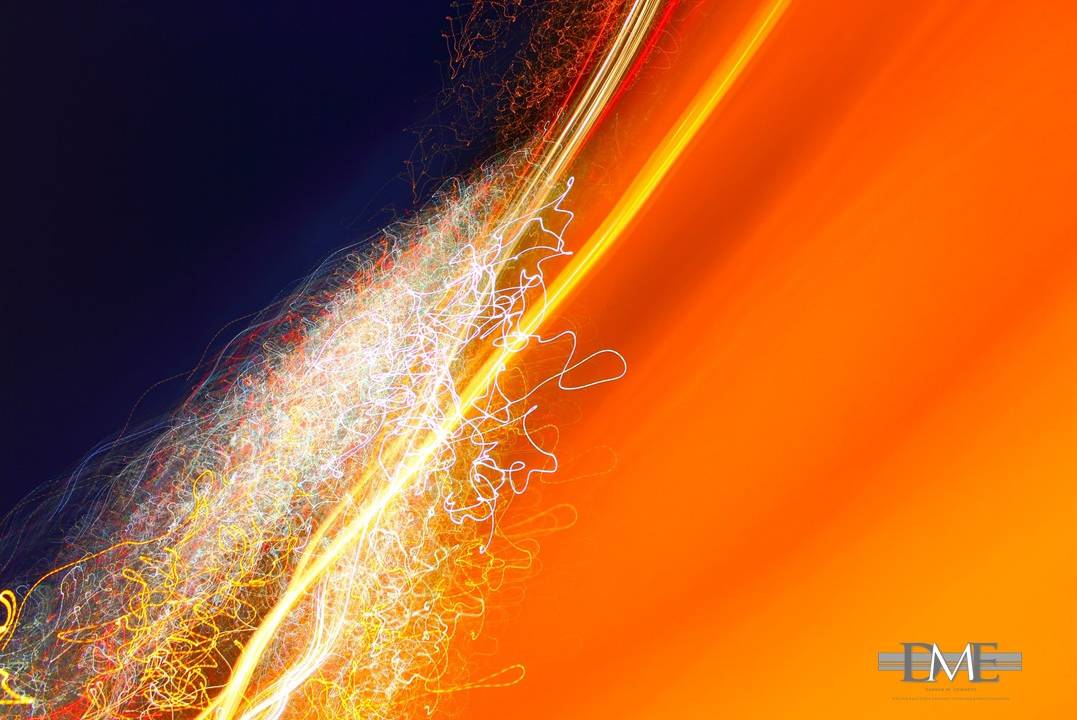
There are many approaches to abstract photography (also known as experimental photography, conceptual photography, or non-objective photography). The link, it would seem, is the desire by the photographer to focus on the look of the subject — its lines, colors, sense of movement, etc. — to the point of disassociation with the thing the subject represents in the object world. A popular type of abstract photography consist of pictures of manmade structures where the photographer has focused on the geometric lines created by the structure rather than focusing on the structure as a whole. The viewer, then, might have a difficult time even realizing that the image is of a building, bridge, or stairway.
While often experimenting with different approaches to abstract photography, for me, the most interesting is to capture the colors and motion of light in the evening. Without the aid of Photoshop, a photographer can capture a full range of vibrant colors in a scene that might simply appear gray to the naked eye.
This style requires an eye for design and an understanding of the basic principles of design. Then, through a great deal of trial and error, you begin to learn how your camera can capture and manipulate the late evening light. You learn how your camera captures light differently when pulling during a long exposure than it does while walking during a long exposure, how shaking the camera produces different results than turning it. The key is to learn these causes and effects well enough that you can use them to create your desired design and represent the subject removed from object reality the way you want to.
Articles Related to “Abstract Photography”
Designer Jessica Minh Anh holds fashion show atop Hoover Dam

